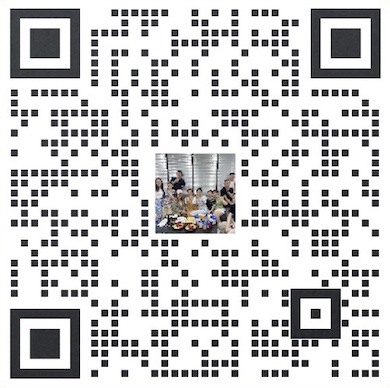
7x9小时
9:00am - 6:00pm
免费售前热线
13338363507
Pilot Program Planning: Testing and Validating CRM Systems in Controlled Environments
2024-02-06
Pilot Program Planning: Testing and Validating CRM Systems in Controlled Environments
Customer Relationship Management (CRM) systems are essential tools for businesses to manage their interactions with current and potential customers. These systems help companies streamline their sales, marketing, and customer service processes, ultimately leading to improved customer satisfaction and increased revenue. However, implementing a new CRM system can be a complex and challenging task, as it requires careful planning, testing, and validation to ensure its effectiveness and success.
One approach to ensuring the successful implementation of a new CRM system is to conduct a pilot program in a controlled environment. This involves testing and validating the system in a small-scale, controlled setting before rolling it out across the entire organization. By doing so, businesses can identify and address any issues or challenges early on, ultimately minimizing the risk of failure and maximizing the system's potential benefits.
The first step in pilot program planning is to define the objectives and scope of the pilot. This involves identifying the specific goals and outcomes that the organization hopes to achieve through the pilot program, as well as determining the size and scope of the pilot. For example, the pilot may focus on testing specific features or functionalities of the CRM system, or it may involve a specific department or team within the organization.
Once the objectives and scope of the pilot program have been defined, the next step is to select a suitable test environment. This may involve setting up a separate, isolated environment specifically for testing the CRM system, or it may involve using a subset of the organization's existing infrastructure. In either case, the test environment should closely resemble the production environment to ensure that the results of the pilot program are representative of real-world conditions.
With the test environment in place, the next step is to develop a testing plan. This plan should outline the specific tests and scenarios that will be used to evaluate the CRM system, as well as the criteria for success or failure. For example, the testing plan may include scenarios for data migration, user acceptance testing, and performance testing, among others. By carefully planning and documenting the testing process, businesses can ensure that the pilot program is conducted in a systematic and thorough manner.
Once the testing plan has been developed, the next step is to execute the pilot program. This involves implementing the CRM system in the test environment and conducting the planned tests and scenarios. Throughout this process, it is important to closely monitor the system's performance and gather feedback from users and stakeholders. This feedback can provide valuable insights into the system's strengths and weaknesses, as well as identify any areas for improvement.
Finally, the results of the pilot program should be carefully analyzed and validated. This involves comparing the actual outcomes of the pilot program against the predefined objectives and success criteria, as well as identifying any discrepancies or areas for improvement. Based on this analysis, businesses can make informed decisions about the next steps for the CRM system, such as making adjustments, scaling up the implementation, or rolling it out across the entire organization.
In conclusion, pilot program planning is a critical step in testing and validating CRM systems in controlled environments. By carefully defining the objectives and scope of the pilot, selecting a suitable test environment, developing a testing plan, executing the pilot program, and analyzing the results, businesses can minimize the risk of failure and maximize the potential benefits of their CRM system. Ultimately, this approach can help businesses ensure the successful implementation and adoption of a new CRM system, leading to improved customer relationships and business performance.
↓Scan code to addqiqueadviser↓

↑Learn more digital scenes↑
Extended Reading:
GDPR Compliance in CRM Data Management: Protecting Customer Privacy Archiving and Retention Protocols: Managing Historical Information in CRM Real-Time Data Synchronization: Ensuring Consistency Across CRM Platforms CRM Data Ownership Policies: Clarifying Responsibilities for Information Integrity Analytics and Reporting Infrastructure: Leveraging Data Insights in CRM Data Validation in CRM Building: Ensuring Accuracy in System Operation Security Protocols for Data Transfer: Safeguarding Information During Migration Integration of External Data Sources: Streamlining Information Flow into CRM Data Mapping Strategies: Aligning CRM Systems with Existing Databases Data Cleansing Protocols: Preparing Information for Migration into CRM more>>
Useful
Useless
Share on WeChat
Open within mini program
![]()
Open WeChat to "scan" and forward to friends
Open WeChat "Scan" and open it in the mini program
关闭预览


